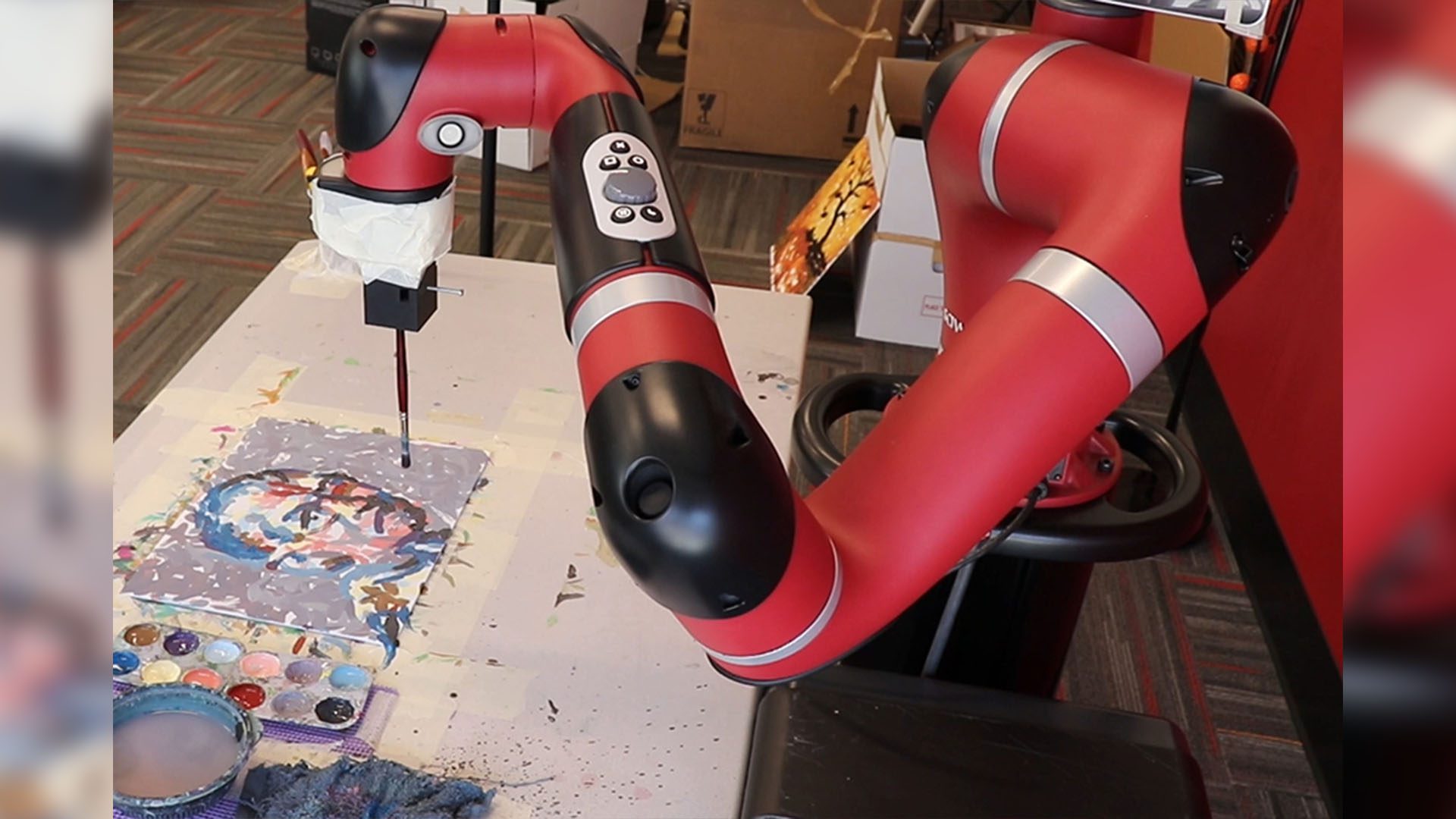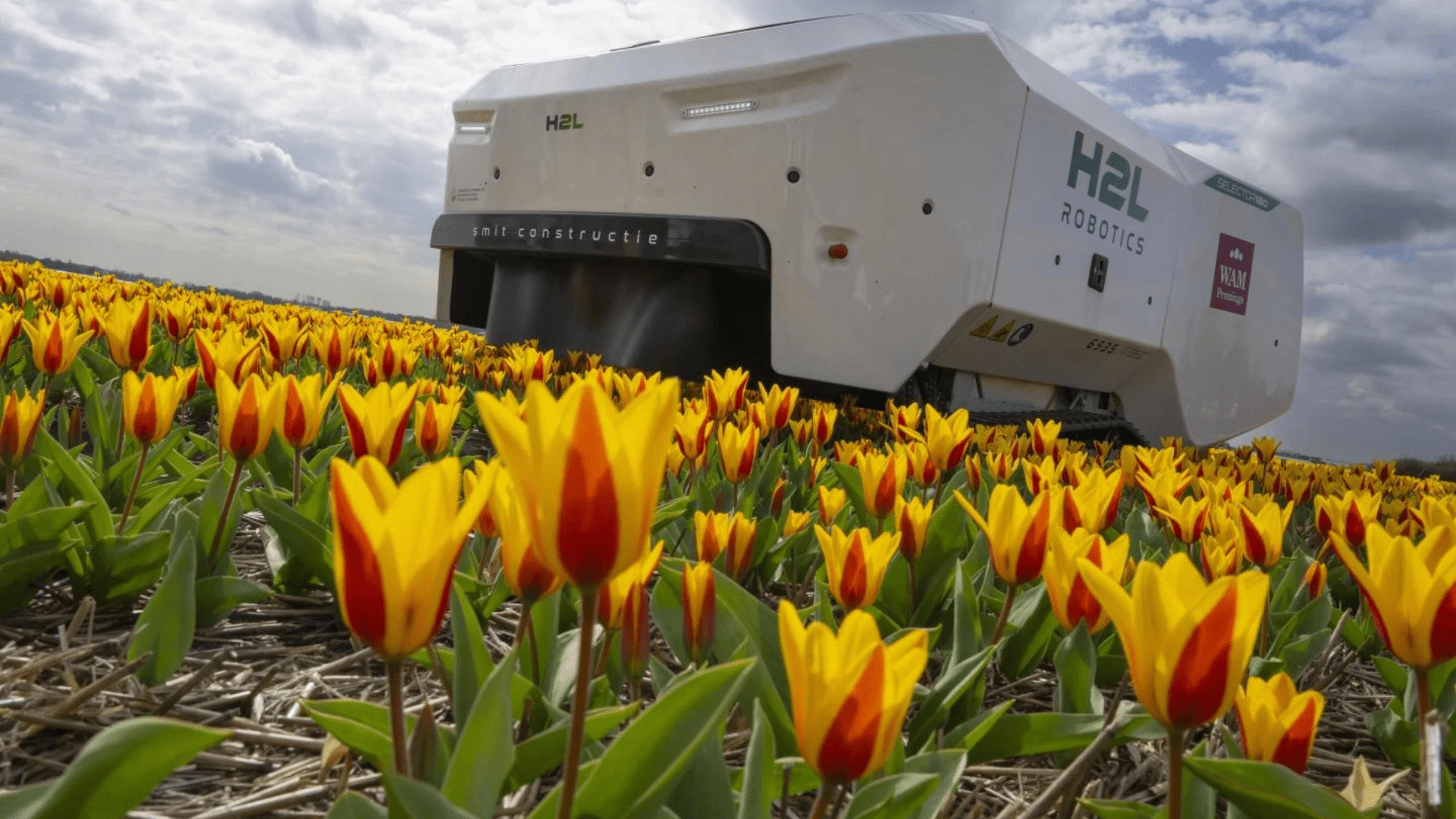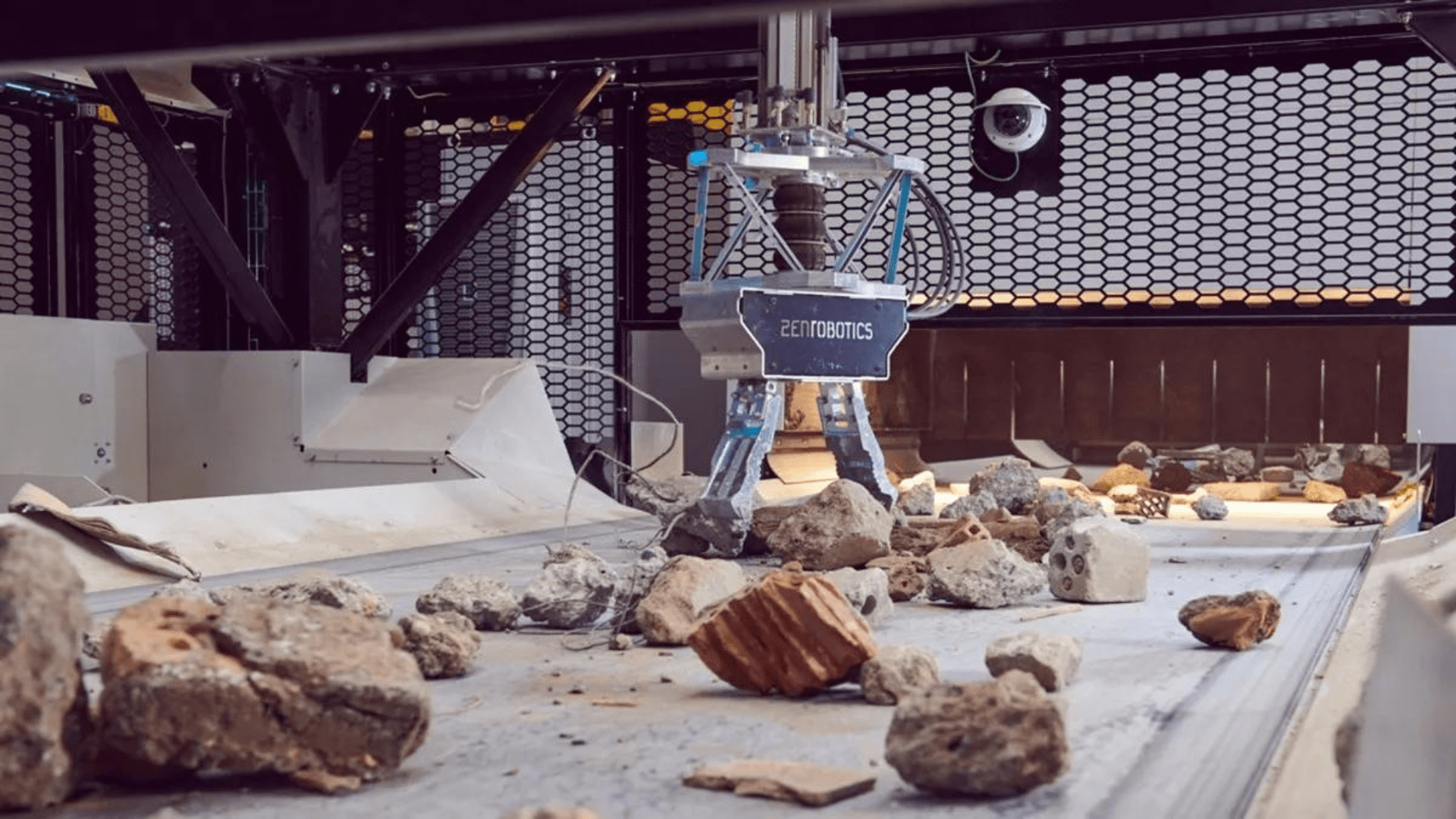By early 2025, Amazon plans to deploy 1,000 electric delivery vans equipped with Vision-Assist Package Retrieval (VAPR), which is designed to save drivers time delivering packages.
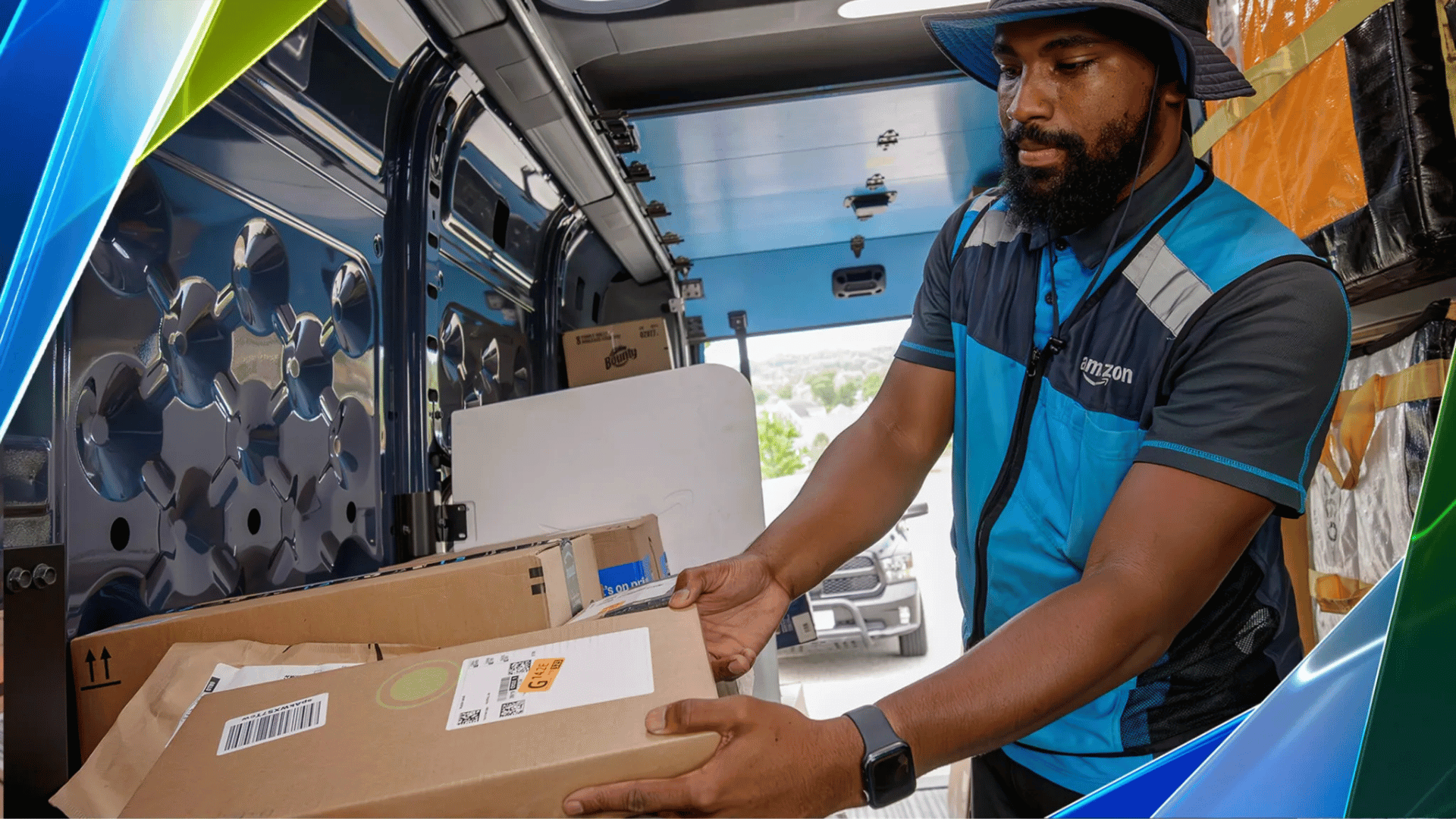
Set to begin in 2025, the feature aims to help drivers save time looking for packages in the backs of vans. Though this typically only takes a few minutes per stop, that can add up with the volume of packages delivery drivers are responsible for each day.
Vision-Assisted Package Retrieval saves delivery drivers the hassle and time of organizing packages by stops, reading labels, and manually checking key identifiers such as the customer’s name or address. Instead, once a van arrives at the delivery location, a green “O” highlights which packages should be dropped off at the current stop and a red “X” in front of the remaining packages.
“We had to think about factors that are unique to the delivery experience, such as lighting and space constraints inside vans,” said John Colucci, product manager, Amazon Transportation.
VAPR utilizes audio and visual cues to let the driver know when it has found the right packages. Amazon Robotics Identification (AR-ID), a form of computer vision originally developed for fulfillment centers, automatically identifies items during inventory stow or pick operations.
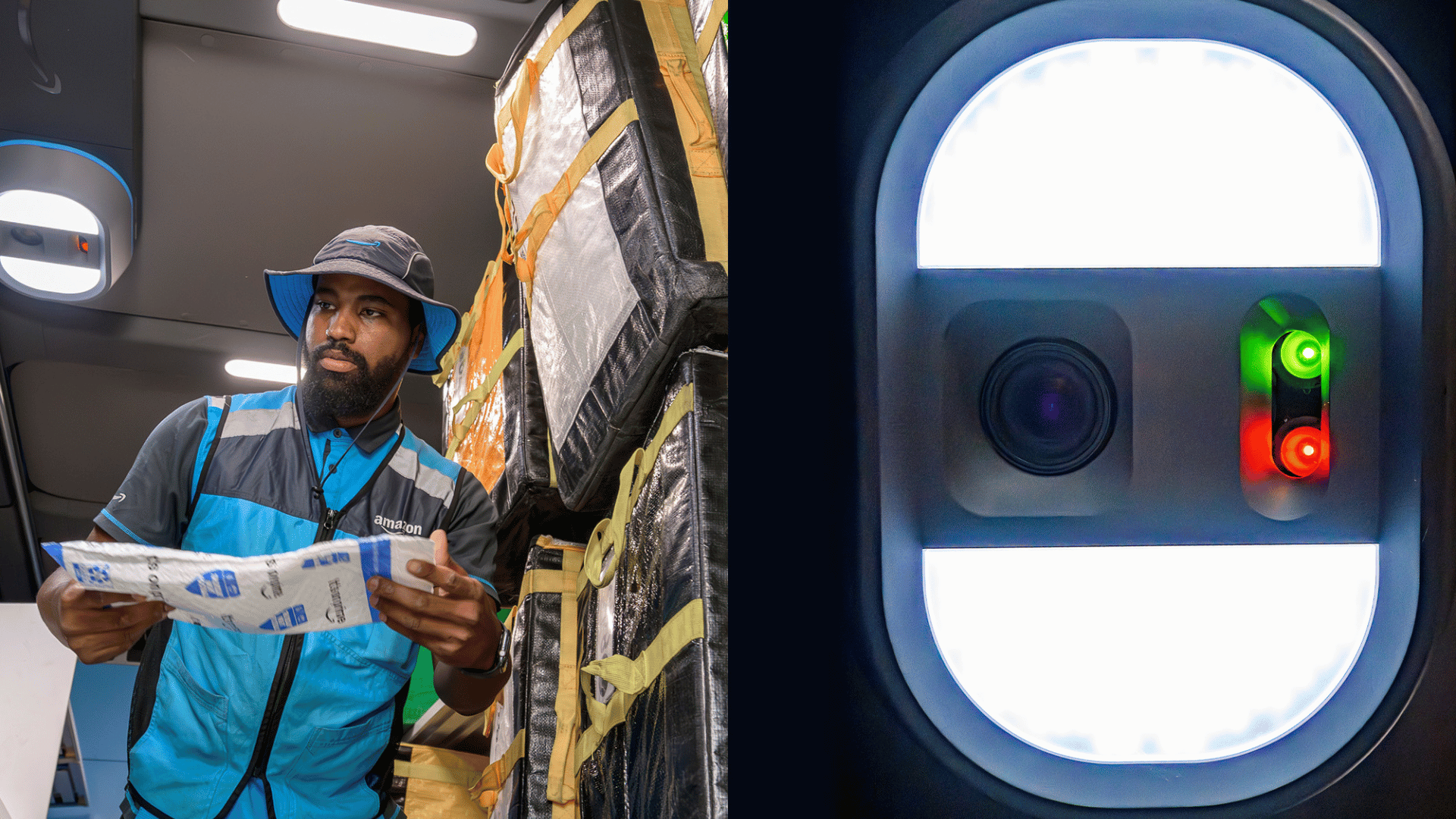
“Before, it could take me anywhere between 2 and 5 minutes to empty a tote and organize packages for the next stops. Now, with VAPR, this whole step just takes me about a minute,” said Bobby Garcia, a driver with Bloomfield Logistics, who has been testing VAPR in the North Boston, Massachusetts area. “It’s made my life so much easier.”
The device eliminates the need for a mobile device and manual barcode scanning. VAPR includes the machine learning platform Sagemaker and IoT Greengrass.
VAPR was designed by training machine learning models to recognize different packages and labels in various lighting conditions and package characteristics. The tech was optimized for an in-van environment, paired with specially designed automotive light projectors and cameras, and integrated with the van’s delivery route navigation system.
Early tests by the Amazon Transportation Team showed a 67% reduction in perceived physical and mental effort from drivers and more than 30 minutes saved per route.





